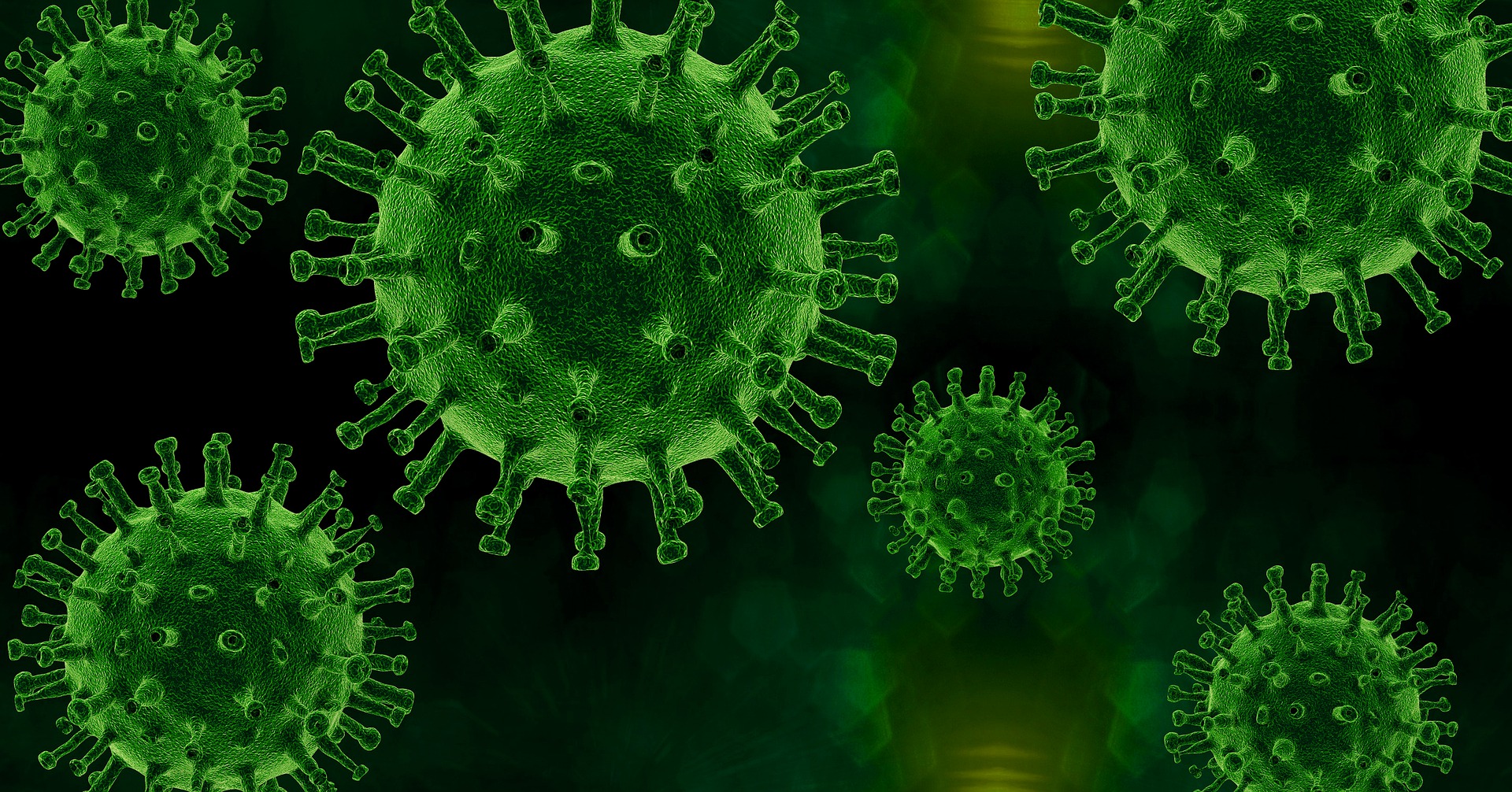World Health organization is monitoring the Indian virus variant but has not yet classified it as a concern, a WHO spokeswoman said in response to a request for comment in Geneva on Monday. So far, it is not clear to what extent the variant is partly responsible for the rapid increase in cases in India, she said. There are many factors that could have contributed, she said.
For example, festivals and events with large numbers of participants have taken place recently, it said. In addition, B.1.617 is spreading alongside other more contagious variants such as B.1.1.7, which was first detected in the United Kingdom.
Whether B.1.617 causes more severe courses of the disease and thus contributes to higher death rates is also not clear yet, the spokeswoman said. The higher death toll could also be because clinics have reached their capacity limits.
Hard hit
In India, just over 350,000 infections had been reported in a 24-hour period Monday, more than any country has ever reported in such a short time. India, with a population of 1.3 billion, has recorded more than 17 million infections. In absolute numbers, this makes the country the hardest hit by the pandemic behind the United States.
“Variant of Concern”
In addition to B.1.1.7, the WHO has classified the variant detected in South Africa (B.1.351) and the variant detected in Brazil (P.1) as “Variant of Concern”. According to WHO, a variant is considered to be of concern if it is known to spread more easily, cause more severe disease, evade the immune system, alter clinical presentation, or reduce the effectiveness of known tools.
Variant B.1.617 has two mutations on a surface protein known from other lines under surveillance. However, the two mutations have not previously occurred together in a variant, according to WHO. B.1.617 was first detected in India on December 1, 2020.
One of the mutations, L452R, may have an impact on the efficacy of monoclonal antibody treatments. The other mutation, E484Q, could possibly neutralize antibodies that had been formed during a previous infection. If so, those who have recovered would no longer be protected against a new infection.
On the Gisaid platform, which contains genetic sequences of influenza and coronaviruses, more than 850 sequences of this virus from more than 18 countries had been uploaded by April 23, he said. Most came from India, the United Kingdom, the United States and Singapore.
However, this does not give an accurate picture of distribution, as many countries sequence significantly less, and others do not sequence at all due to lack of capacity.
- source: kurier.at/picture: pixabay.com
This post has already been read 1199 times!



